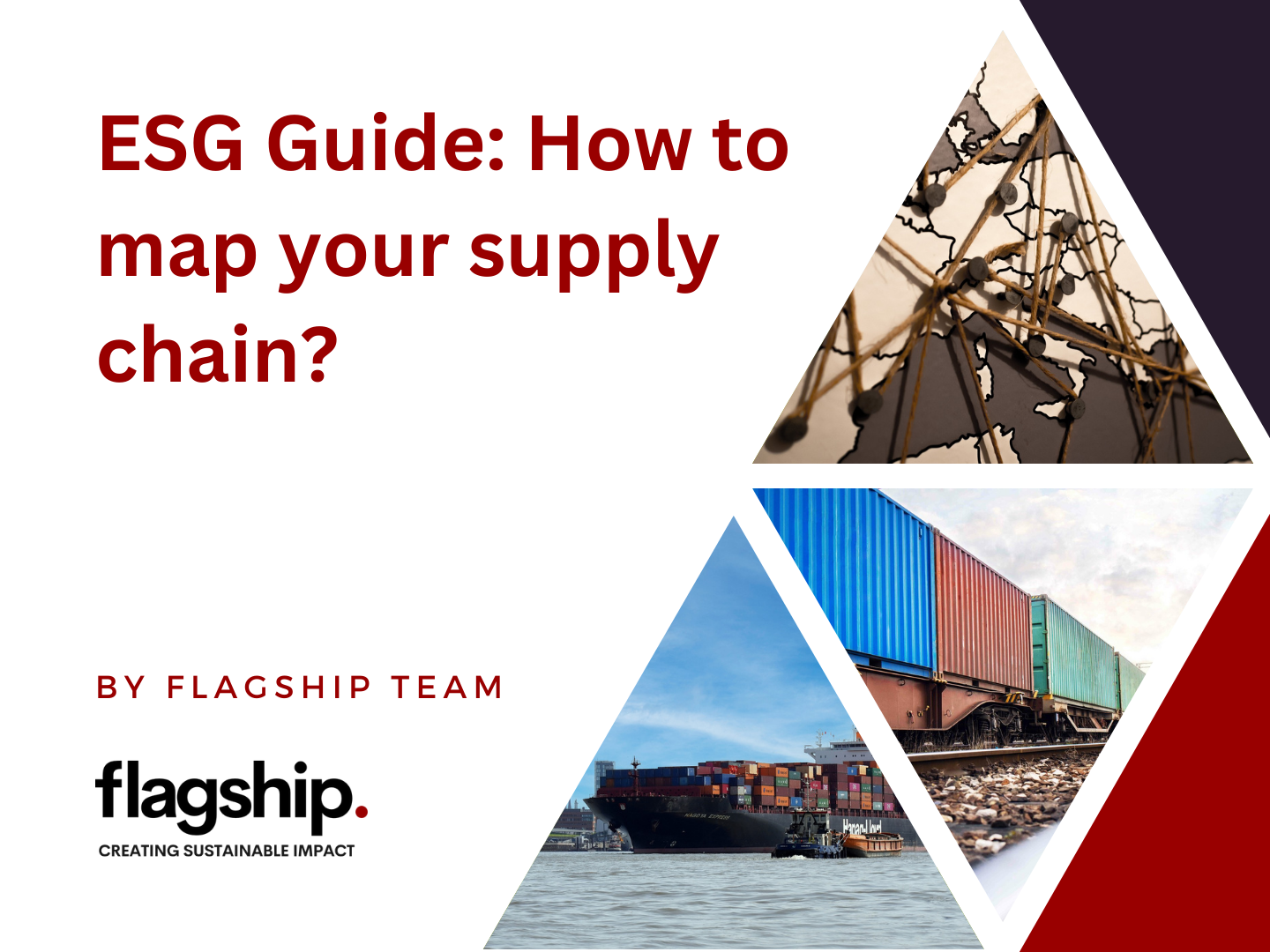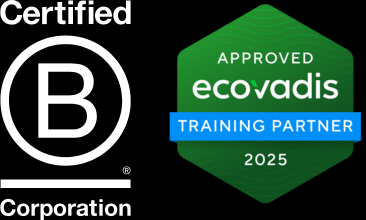Mapping your supply chain might seem like an overwhelming task, but with the Corporate Sustainability Reporting Directive (CSRD) and Corporate Sustainability Due Diligence Directive (CS3D) setting the stage for higher transparency and accountability, it’s a challenge worth tackling. To simplify the process, this guide provides a structured and professional approach to supply chain mapping, ensuring compliance while enhancing operational resilience.
1. Begin with Your Direct Network
Start by listing your direct suppliers (Tier 1). These are the partners you engage with regularly, and they form the foundation of your supply chain map. For each supplier, identify the key products or components they provide. From there, investigate their suppliers (Tier 2) to build a more comprehensive view. While it may feel like untangling a complex web, focusing on what you already know creates a manageable starting point.
Pro Tip: If your supply chain spans multiple tiers, prioritize high-value or high-risk suppliers for deeper investigation to optimize your efforts.
2. Engage Stakeholders for Transparent Collaboration
Communication is the cornerstone of effective supply chain management. Without collaboration with suppliers and other stakeholders, it is nearly impossible to ensure data accuracy and build a sustainable strategy. Engaging partners is not just a technical formality but a critical component of the long-term success of the entire process.
- Supplier Programs: Build trust with suppliers through structured engagement programs, such as surveys, workshops, and one-on-one meetings.
- Focused Inquiries: Pose targeted questions to uncover transparency gaps - for example, "What certifications support your sustainability claims?"
- Support Mechanisms: Provide resources or training to help suppliers meet regulatory requirements.
- Incentives for Transparency: Recognize and reward transparent suppliers with benefits like preferred status, long-term contracts or better maturity terms.
Key Insight: Collaboration fosters mutual accountability, which is central to achieving both regulatory and ethical goals.
3. Identify and Address High-Risk Areas
Pinpointing vulnerabilities in your supply chain is essential for risk mitigation. Risks may include environmental impacts, human rights concerns, or non-compliance with legislation. Focus first on these high-risk areas to pre-empt disruptions and align with compliance standards.
Consider These Tools:
- Risk heatmaps to visualize potential trouble spots.
- ESG scoring systems to evaluate supplier performance.
- Data analytics to identify systemic risks across the supply chain.
4. Visualize for Clarity and Communication
A visual supply chain map transforms raw data into an actionable format, enhancing comprehension for both internal and external stakeholders.
- Flowcharts: Illustrate the journey from raw materials to end products.
- Color Coding: Highlight areas of concern (e.g., high risk in red) for quick identification.
- Interactive Maps: Use tools like Tableau or Microsoft Power BI to create dynamic maps where stakeholders can drill down into specific details.
Example Application: A clothing brand might map its Tier 1 suppliers (factories), Tier 2 (fabric providers), and Tier 3 (cotton farms). An interactive tool could reveal certifications, performance metrics, and compliance risks at each level.
5. Keep the Map Dynamic and Current
Supply chains are not static. Regular updates to your map are crucial for maintaining relevance and accuracy. Schedule periodic reviews to incorporate new data, changes in supplier relationships, or updates in regulatory requirements.
Think Ahead: Proactive updates help mitigate disruptions, from natural disasters to regulatory audits.
6. Leverage Advanced Technology for Efficiency
Manually mapping a supply chain can be labor-intensive and prone to errors. Harnessing digital tools and platforms simplifies this process:
- Dedicated Software: Use tools like SAP Ariba, Sourcemap, or TraceGains for supplier tracking, compliance reporting, and data management.
- Blockchain for Traceability: Implement blockchain technology to secure and validate data across the supply chain, ensuring transparency in sustainability and ethical practices.
- Data Automation: Automate data collection through software that integrates supplier reports and contracts, minimizing manual errors and maintaining accuracy.
- System Integration: Choose tools that align seamlessly with your existing ERP or CRM systems for a unified data flow.
Emerging Trend: Artificial intelligence (AI) and machine learning (ML) are increasingly being used to predict risks and optimize supply chain operations, offering a proactive compliance strategy.
Final Thoughts
Supply chain mapping is more than a compliance exercise - it’s an opportunity to enhance your business’s sustainability, resilience, and transparency. By starting with known data, engaging stakeholders, and leveraging technology as a final step, you create a living map that evolves with your operations.
The benefits are clear: reduced risk, stronger supplier relationships, and a competitive edge in an increasingly sustainability-driven market. Adopting a structured approach transforms a daunting task into a strategic advantage. A well-mapped supply chain isn’t just a regulatory asset - it’s a cornerstone of modern, ethical business practices.


